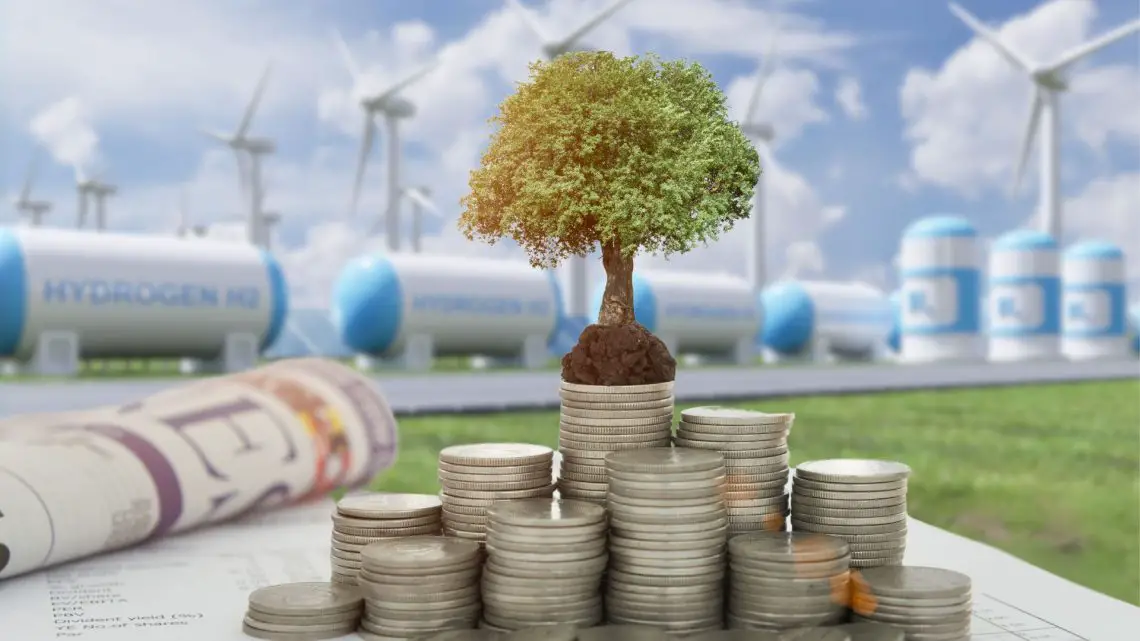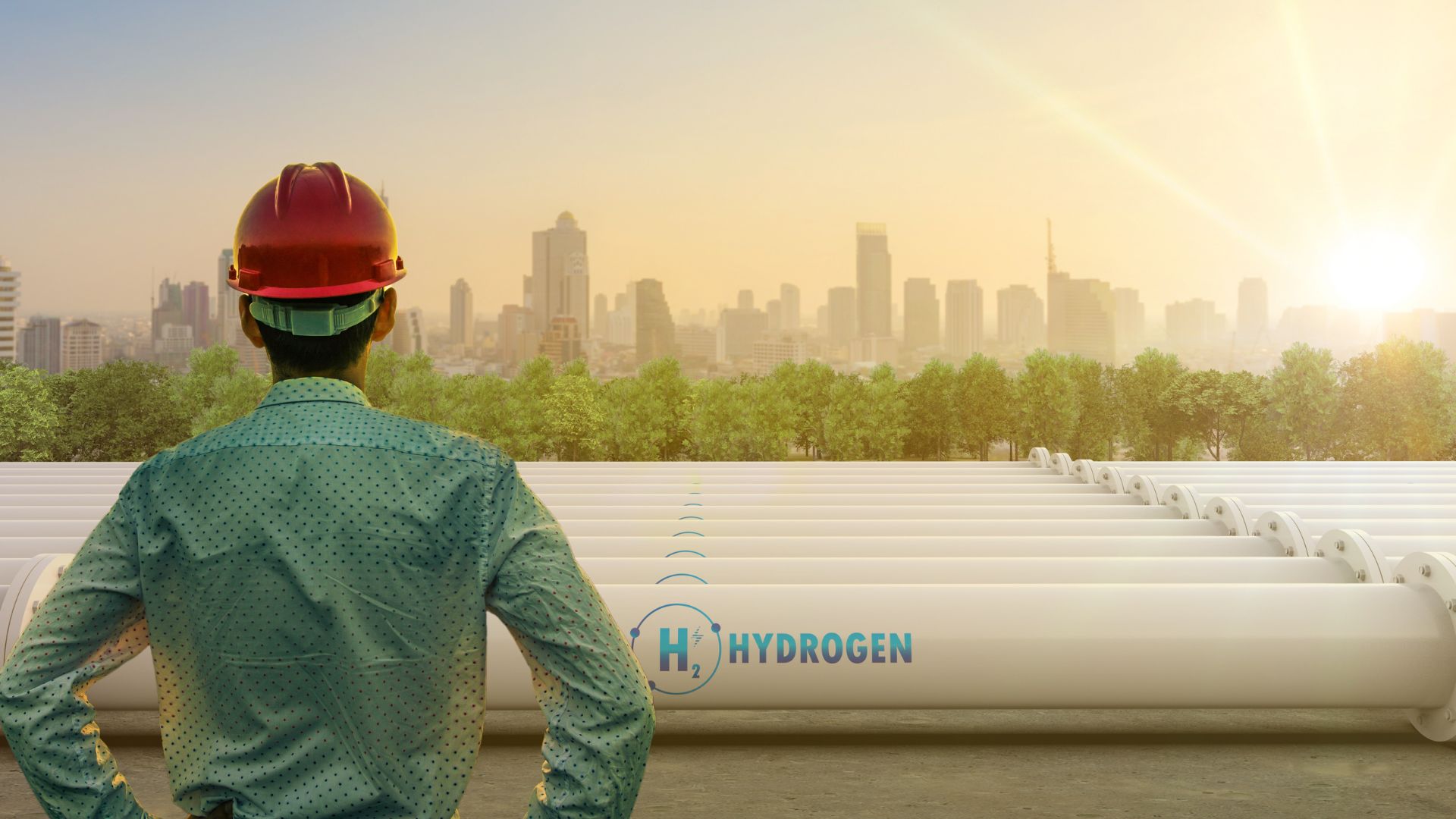
Investing in hydrogen fuel is climbing, but so is uncertainty
October 19, 2024 0 By John MaxInternational Energy Agency report says investments are up, but the concern is real
Over the last year, final investment decisions for hydrogen fuel projects have experienced a doubling, particularly due to the explosion of projects in China, but there remains substantial uncertainty in the industry for a spectrum of reasons, according to a report from the International Energy Agency (IEA).
Low installed capacity and demand have been a substantial barrier
When it comes to the investment decisions made for current low-emission hydrogen fuel production by 2030, there as been a growth of five times, with projects in China representing over 40 percent of that category within the last 12 months, which greatly outpaces the fastest rate of the expansion of solar, said the IEA.
Among the leading issues promoting uncertainty, however, is that only just over a quarter of the hydrogen fuel production projects are currently underway, and this is far below what would be needed to reach current globally established climate goals, said the IEA.
The majority of projects remain in their earliest stages, said the report, and the project pipeline faces notable potential struggles as demand signals are unclear. Other considerable challenges include regulatory uncertainties, financial barriers, incentive delays, licensing and permitting issues, and challenges in operations.
Hydrogen fuel production needs greater support
“Policymakers and developers must look carefully at the tools for supporting demand creation while also reducing costs and ensuring clear regulations are in place that will support further investment in the sector,” said Fatih Birol, the Executive director of the IEA.
Demand for H2 worldwide has the potential to grow by about 3 million tons this year, focused primarily on the refining and chemical sector, said the report. That said, it should be due to broader economic trends instead of being because of successful policies that have been put into place.
Where is the demand?
Demand for hydrogen fuel is already mainly being met by the H2 production using fossil fuels with unabated greenhouse gas emissions. Low- and zero-emission H2 production plays only a tiny role in comparison, explained the IEA report.
Cost pressures and technology development have remained a substantial barrier to hydrogen fuel production and adoption. Electrolyzers – key equipment for renewable H2 – have been particularly problematic as supply chain issues and climbing prices take place. Reducing the cost of the fuel is wholly dependent on scaling up and new technologies – long-term challenges contributing to long-term uncertainty.
About The Author
John Max is an experienced sound engineer with a bachelor’s degree from UCLA. With over 25 years of experience in the entertainment industry, John has also worked as a machinist, producing parts for cameras. Apart from his professional achievements, John is passionate about classic cars, owning a dazzling 1976 Porsche 911. While he drives a Toyota Prius on a regular day, John is excited about getting his hands on his first hydrogen car soon. John has been an avid writer for Hydrogen Fuel News for 17 years, contributing to the team as they collectively investigate and learn about the growth and technology of hydrogen fuel. At Hydrogen Fuel News, John is part of a great team that shares a common goal of exploring and investigating the world of hydrogen fuel.



 With over 15 years of reporting hydrogen news, we are your premier source for the latest updates and insights in hydrogen and renewable energy.
With over 15 years of reporting hydrogen news, we are your premier source for the latest updates and insights in hydrogen and renewable energy.